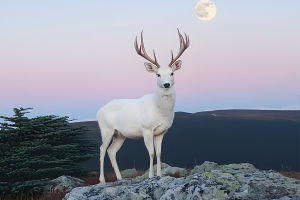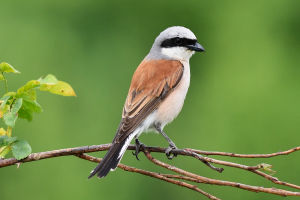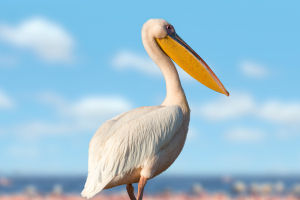When we think about nature’s most fascinating creatures, penguins definitely steal the show.
With their smart black-and-white suits and funny waddle, they capture hearts around the world. But beyond their adorable looks, penguins are true survival experts.
They live in some of the harshest places on Earth, from the icy lands of Antarctica to the rocky shores of South Africa and South America. Penguins have incredible skills that help them thrive where most animals would struggle. So today, let's dive together into the world of penguins and uncover what makes them so extraordinary!
How Penguins Stay Warm in the Coldest Places
We often wonder how penguins survive the freezing cold. Well, it’s all thanks to their amazing body design. Penguins have a thick layer of blubber under their skin, which acts like a built-in blanket. On top of that, their feathers are tightly packed and waterproof, locking in warmth and keeping the cold water out.
Interestingly, penguins also huddle together in large groups when the weather gets extreme. By sticking close to each other, they create a shield against the icy winds, sharing body heat and protecting the group’s youngest members. It’s teamwork at its finest!
Penguins Are Swimming Champions
Although they cannot fly, penguins are superstars underwater. Their bodies are shaped like torpedoes, letting them zip through water at speeds up to 22 miles per hour (35 km/h). Their strong flippers and powerful legs work together to make swimming smooth and fast.
Penguins spend most of their lives in the water hunting for fish, squid, and krill. Some species, like the Emperor penguin, can dive over 1,800 feet (550 meters) deep and stay underwater for more than 20 minutes! We can only imagine the incredible views they get under the sea.
Penguin Families Are Full of Love
One of the most heartwarming facts about penguins is how much they care for their families. Many penguin species are loyal partners. Once they find a mate, they often stay together season after season.
During breeding time, penguins build nests out of stones or dig small holes in the ground. In the coldest regions, like Antarctica, Emperor penguins don’t even have nests. Instead, they balance their eggs carefully on their feet, covering them with a warm fold of skin called a brood pouch.
Both parents take turns keeping the egg warm and going out to hunt for food. It’s a beautiful example of teamwork and love in the wild.
Different Penguins, Different Homes
Not all penguins live on icy lands! Some, like the Galápagos penguin, enjoy warmer climates close to the equator. Others, such as the King penguin, live on sub-Antarctic islands with rocky beaches and grassy plains.
Each species has adapted perfectly to its environment. Some nest on icy platforms, while others prefer rocky cliffs or sandy shores. No matter where they are, penguins show incredible flexibility and toughness, proving that they are true masters of survival.
Penguins and Us: Why We Should Care
Sadly, many penguin populations are facing challenges today, mainly because of climate changes and pollution. Warmer seas and shrinking ice make it harder for them to find food and safe places to raise their chicks.
The good news is that people around the world are working to protect penguins. From creating marine reserves to reducing plastic waste, every little effort counts. When we protect their homes, we’re also helping countless other animals—and keeping our oceans healthy too.
At the start of this journey, we said penguins are nature’s coolest survivors, and now we see why! From swimming like rockets to caring deeply for their families, penguins have so much to teach us about strength, love, and teamwork.
Lykkers, have you ever dreamed of seeing penguins in the wild? If you could meet a penguin face-to-face, what would you want to ask it? Let’s talk about it—we’d love to hear your thoughts!


